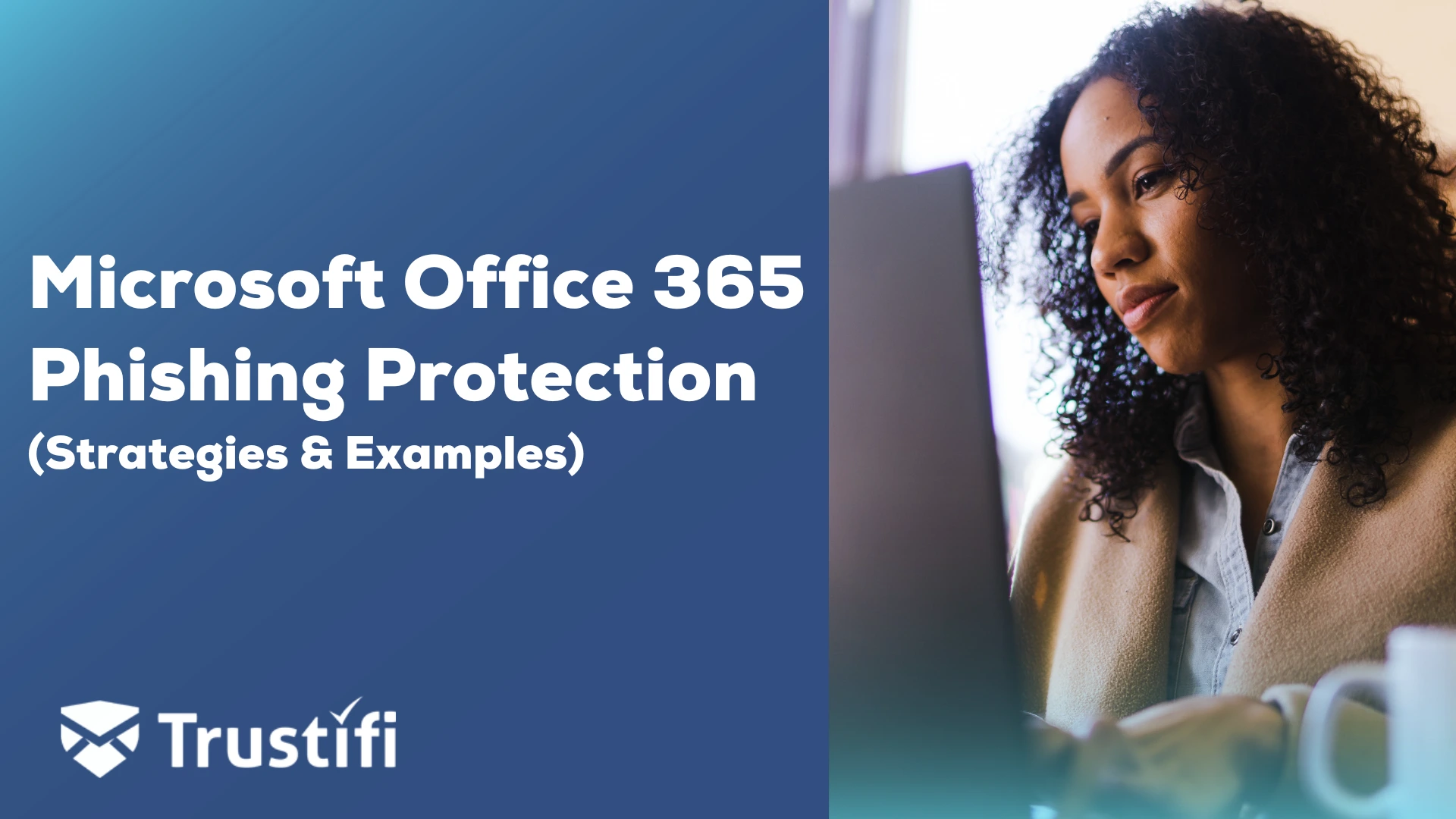The worldwide outbreak of Coronavirus has caused a massive influx of internet scammers sending out phishing emails to the general public. Google recently stated that they have been blocking approximately 100 million phishing emails every day. That is an outstanding and concerning number, which leads experts to believe that COVID-19 may now be the biggest email phishing topic ever to have existed. Cybercriminals are sending out mass amounts of emails posing as companies who are trying to encourage individuals to donate to pandemic-related causes or pretending to be government institutions in an attempt to capitalize on the increase of unemployment benefits applications. With the news of the pandemic being an opportunity for scammers, it’s more important now than ever to make sure that you are fully protected online.
Cybercriminals use phishing as a way to gather personal or sensitive information from an individual, often through false emails that appear to be legitimate. There are some best practices to use when avoiding phishing emails, but in order to ensure that you are protecting yourself online, it’s also important to understand how to detect scam emails and, if you do detect a scammer, how to block them so they are unable to reach your inbox.
The primary issue with previously discussed best practices for detecting scams is that fake emails are becoming increasingly difficult to distinguish from the real deal. Oftentimes, cybercriminals have become so practiced that an unwarranted phishing email is almost unrecognizable, particularly to the average person or an untrained eye. Scam emails will use the company’s logo and will present the content to look almost identical to one that would come from the company itself. However, there are usually a few telltale giveaways to look out for. For example, an email that uses a generic name instead of addressing you directly or one which asks you to follow a link to fill out personal information are signs that something is amiss.
There are also measures you can take by changing the settings of your email to make it easier to spot malicious practices. A simple best practice to implicate is to employ but very helpful is to disable the HTML setting on your email platform. HTML essentially embeds links in an email so that the URL is disguised or hidden. Scammers will often trick recipients by embedding a link to disguise a fake website or pop-up. By disabling the HTML setting, you can see the URL you are clicking on, which ensures the link you are following is taking you to the webpage you were intending on visiting.


